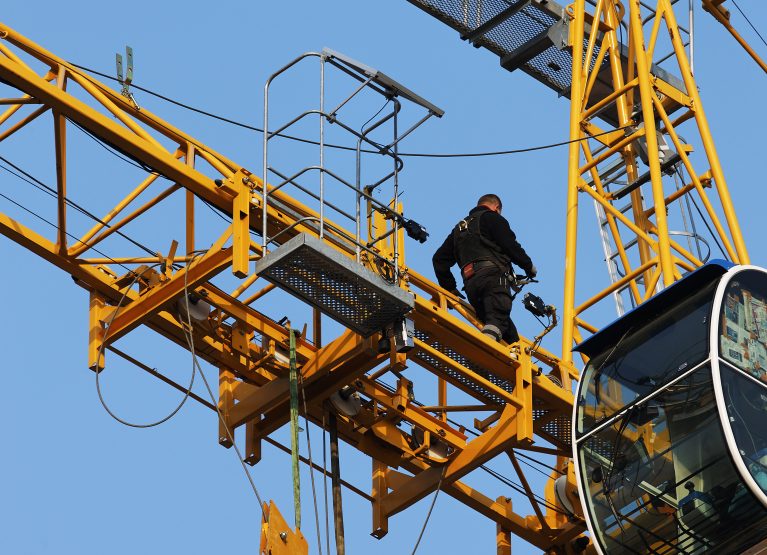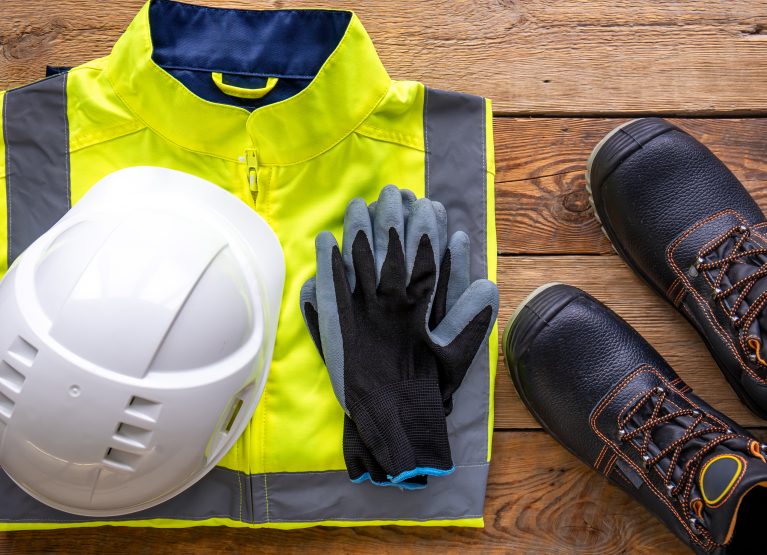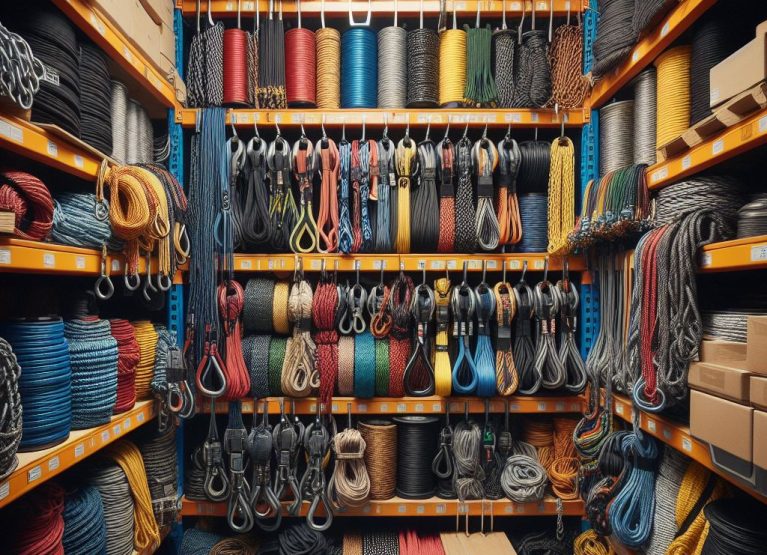From heavy machinery to everyday tools, lifting equipment gets the job done. It tackles any challenge, lifting, lowering, and moving all sorts of objects and materials. This includes cranes, hoists, slings, shackles, winches, and more.
It reduces the need for physical labor and speeds up operations by swiftly transporting heavy objects. Accidents and injuries caused by manual handling are reduced by this technology, making safety a top priority. Lastly, lifting equipment is multipurpose and found in many different sectors, including construction, manufacturing, and logistics.
WHAT ARE THE USES OF LIFTING EQUIPMENT?
This equipment is utilized in most warehouses and construction projects like bridges and buildings to transport stuff that cannot be handled manually. This device may also outfit more packages and items, reducing material movement. Lifting equipment is any equipment used for vertical lifting, not horizontal lifting.
Some of the common lifting equipment used are:
- Pallet Truck:
A pallet truck, which is also called a pallet jack or pallet lifter, is a simple but strong machine used in warehouses and factories to move and lift things that are stored on pallets. An articulated platform on wheels with forks that can fit under a pallet makes it easy to move and lift big things with little effort.
- Cranes:
Cranes are widely used in industries to lift and move big goods vertically and horizontally. There are different kinds, like tower cranes, mobile cranes, and overhead cranes. Each is made for a specific job, like shipping and logistics, building, or manufacturing.
- Forklifts:
As the name suggests, forklifts are flexible industrial vehicles with forks or prongs that are used to move things short distances and lift them. They provide efficiency and mobility for jobs like loading and unloading vehicles, stacking pallets, and transporting big objects; you can see them frequently in warehouses, distribution centers, and construction sites.
- Chain Hoists:
Chain hoists are portable and small hoisting devices that use a chain wrapped around a pulley system. They can be worked by hand or by electricity, and they let people lift and lower heavy things precisely and with control. Chain hoists are often used to lift engines, machinery, and other heavy items in garages, workshops, and building sites.
- Overhead Cranes:
Also known as bridge cranes or overhead traveling cranes, are crane systems that are mounted on overhead tracks or beams. In factories and manufacturing sites, they are used to move and lift big loads horizontally. With their enormous lifting capacities and ability to move products efficiently across wide spaces with minimal floor disturbance, overhead cranes are a great choice.
HOW OFTEN SHOULD LIFTING EQUIPMENT BE INSPECTED?
While lifting equipment offers numerous benefits, ensuring safety is paramount. Regular inspection, maintenance, and compliance with relevant regulations, such as OSHA standards in the United States and LOLER regulations in the UK, are essential to prevent accidents and ensure the longevity of equipment.
Ensuring workplace safety is vital for employers and self-employed individuals providing lifting equipment or conducting lifting operations. It’s crucial to inspect the equipment to prevent accidents and injuries regularly. If the equipment lifts people or directly attaches a load like chains or web slings, it needs inspection every six months, while other equipment typically requires inspection every 12 months.
LIFTING EQUIPMENT AVAILABLE ONLINE IN PAKISTAN
Marvi Sons offers a wide range of lifting equipment, including chain hoists and rope slings, from the top-quality brands available. Because this equipment is utilized in high-risk applications, we prioritize testing and inspection to ensure optimal performance.




